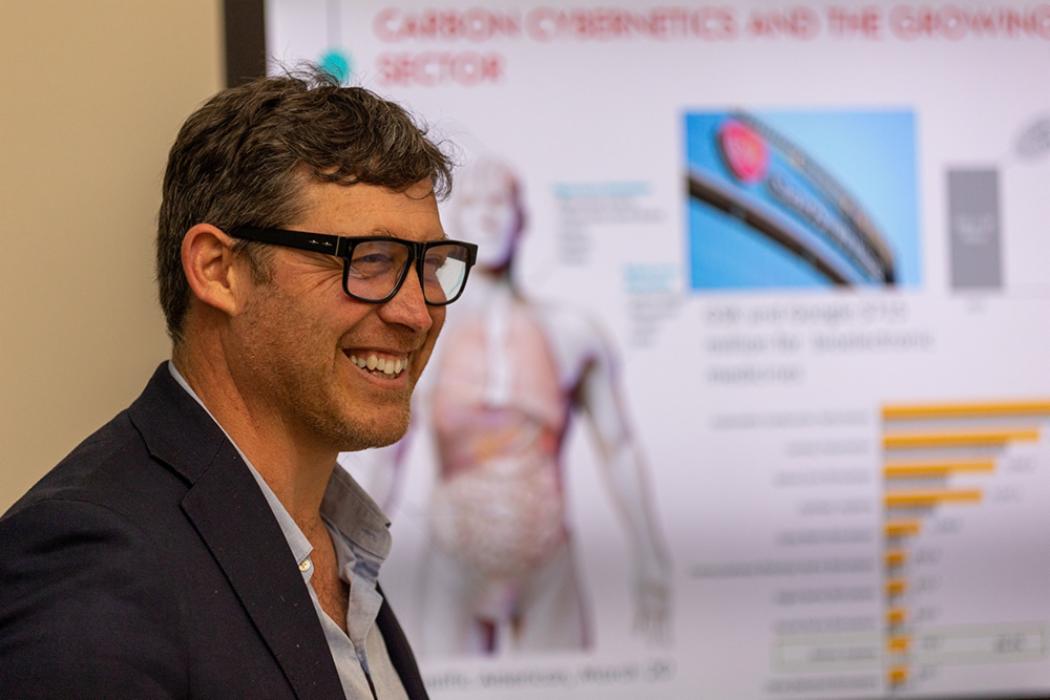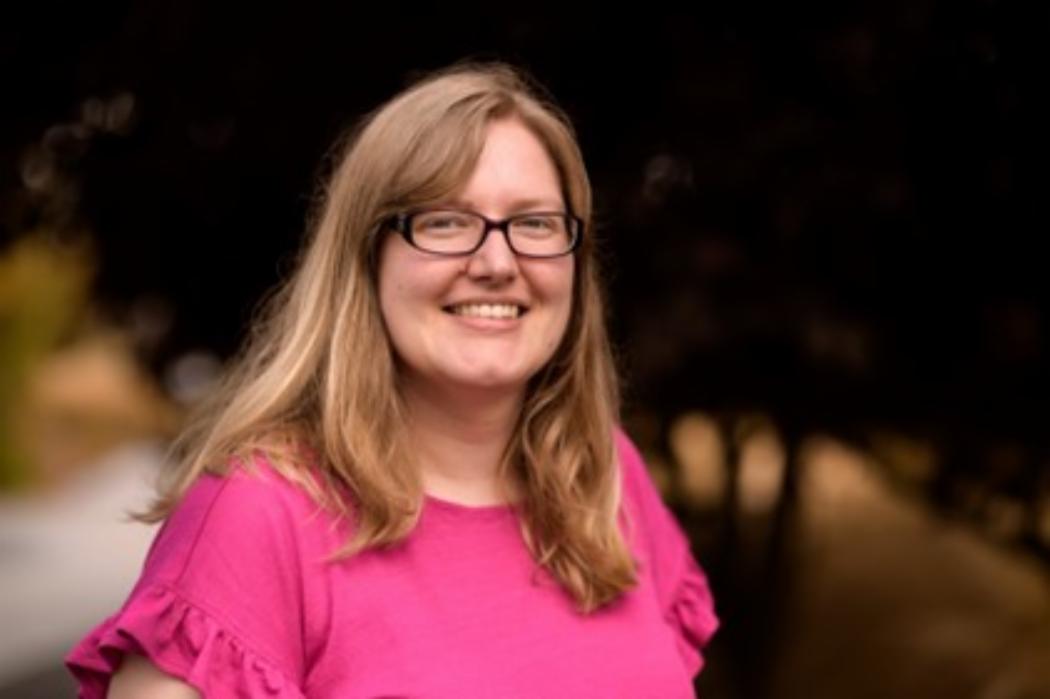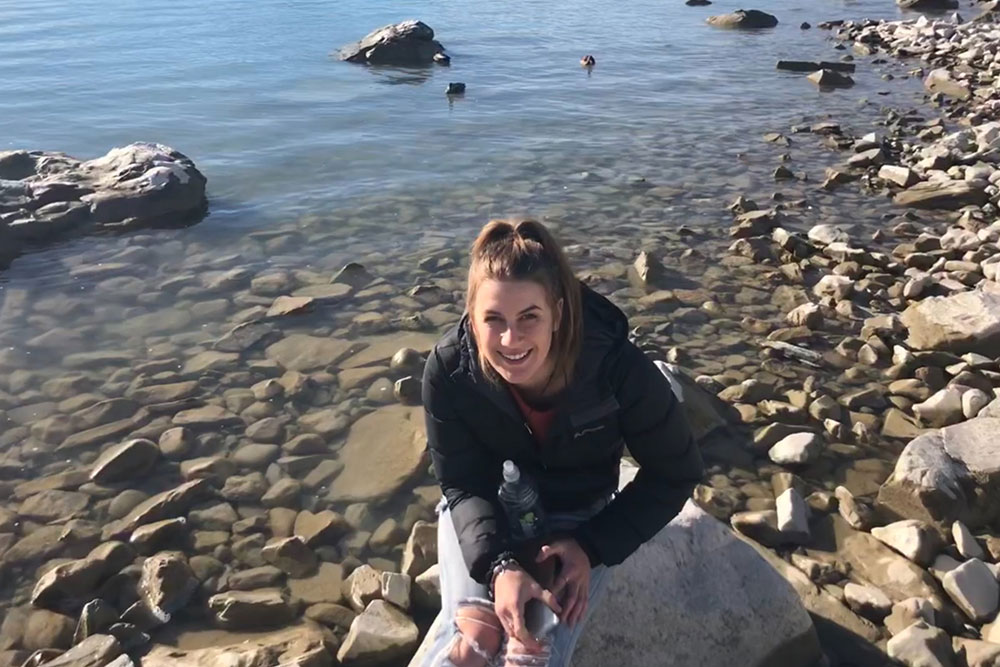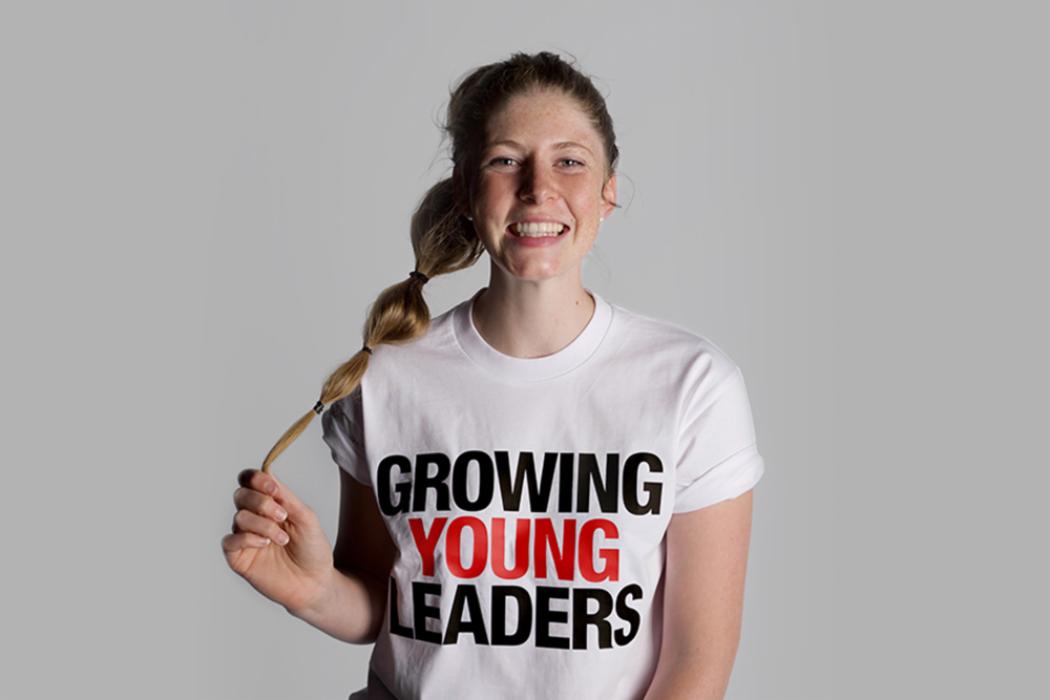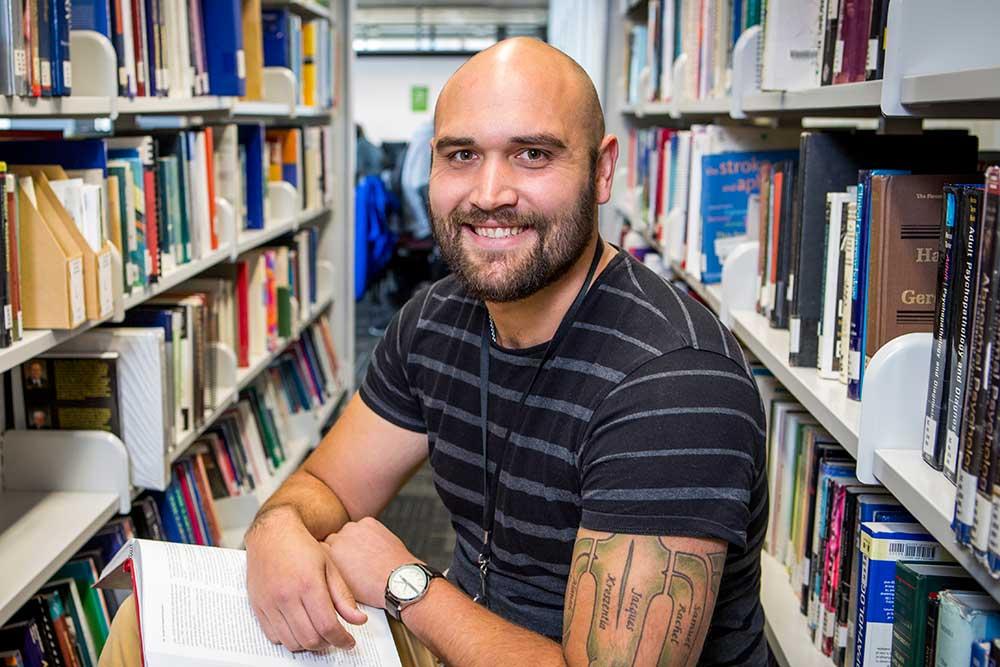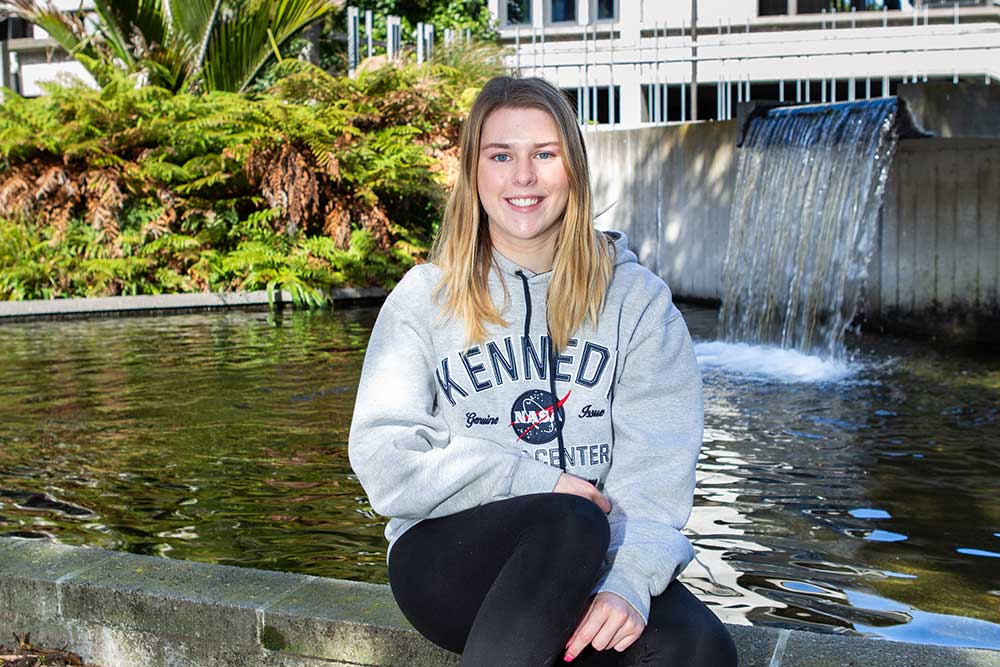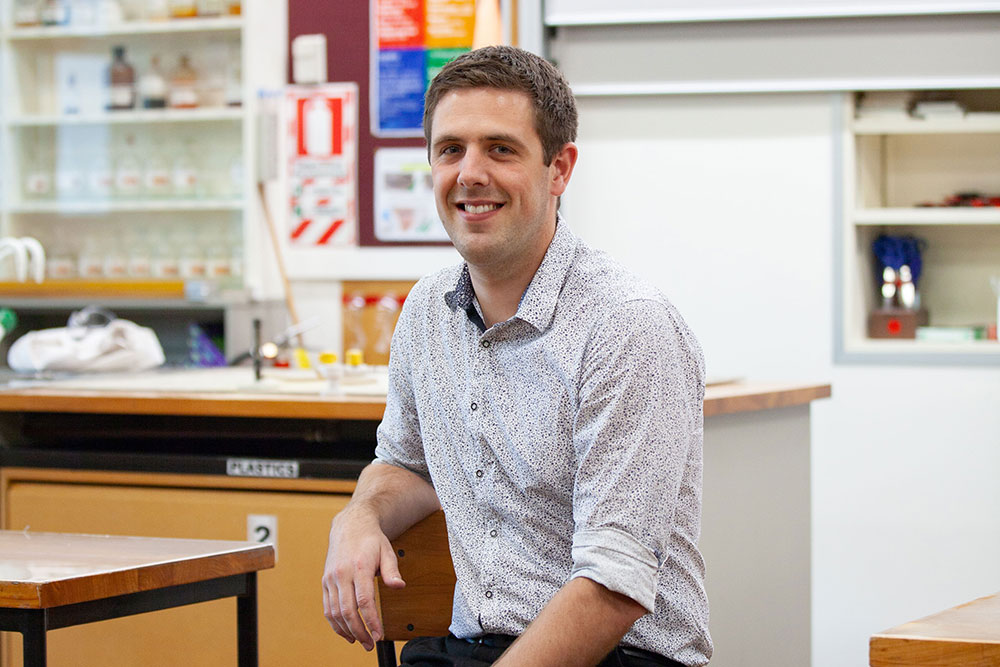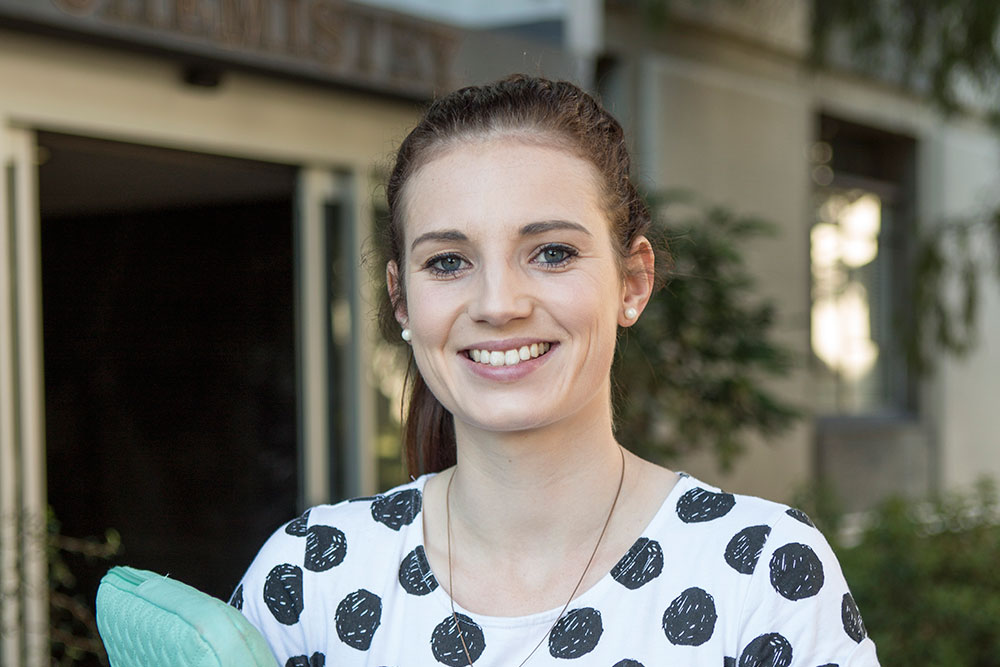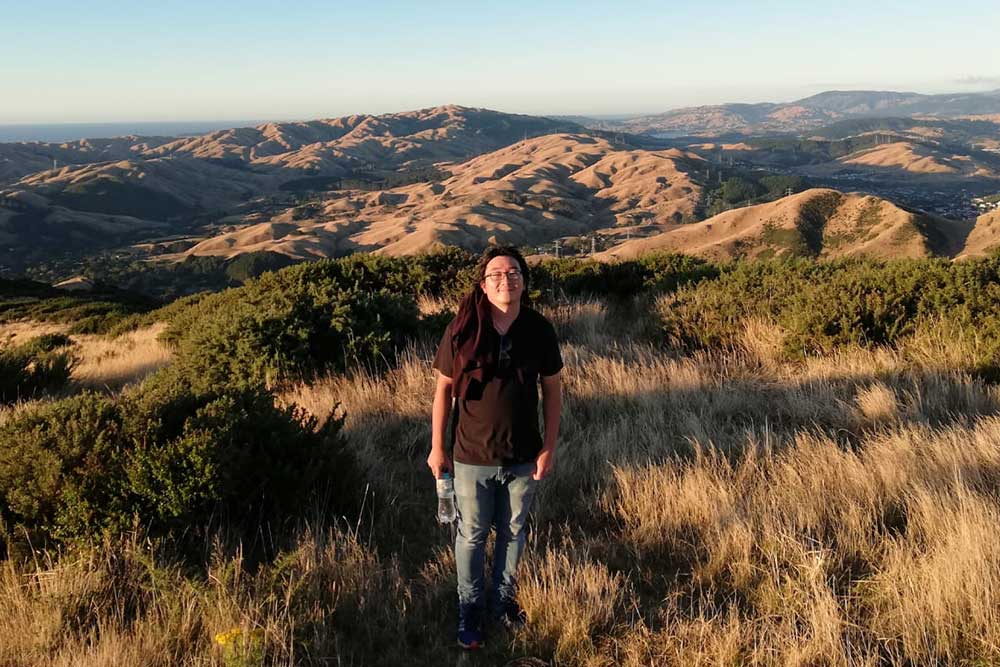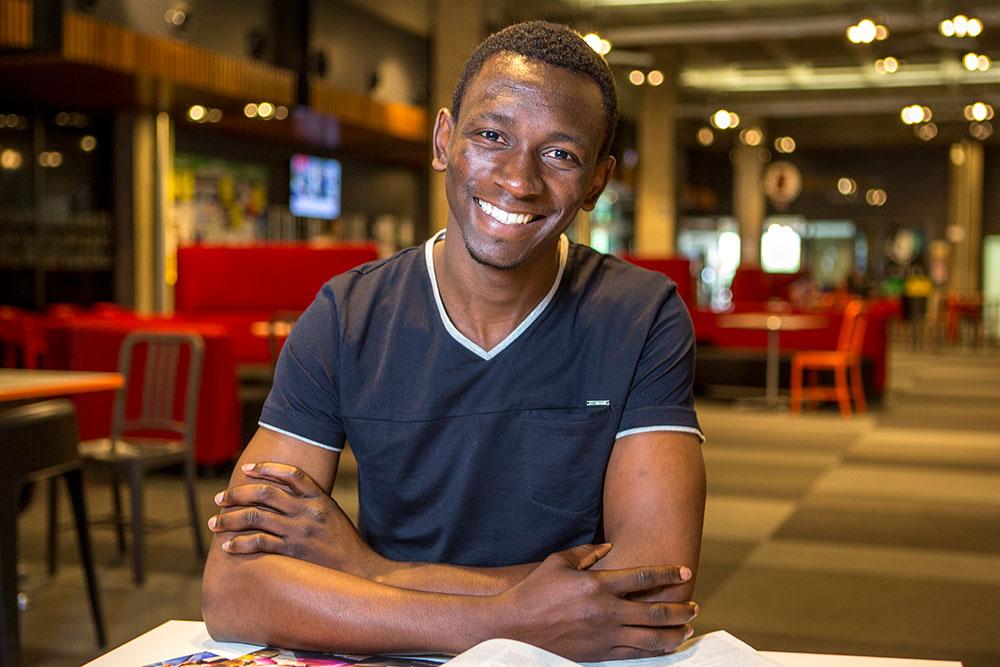Bachelor of Science in Chemistry
Bachelor of Science with Honours in Chemistry
PhD in Chemistry
CEO and Co-Founder, The Carbon Cybernetics Group
Associate Professor of Biomedical Engineering, RMIT University
Firstly, congratulations to you and your Carbon Cybernetics team for being announced as a finalist in the Research and Innovation category for the 2021 Australian Museum Eureka Prizes! Can you tell us a bit about what Carbon Cybernetics is?
Thanks very much. We are extremely pleased to have been selected. Just being selected as a finalist is a fantastic acknowledgement of the amazing work conducted by so many people over the last decade.
Carbon Cybernetics is a spin out company created in 2018 by one of my PhD students together with some of our closest collaborators. We are developing a brain implant to predict the occurrence of epileptic seizures so those seizures can be stopped before they begin. The name Carbon Cybernetics is also loosely applied to the research collective that grew out of an Australian Research Council Early Career Fellowship I won in 2013. Since that time, we have been dedicated to improving technology for recording from and stimulating neurons. We focus on carbon materials; diamond, graphene and carbon fibre, because these materials do not degrade inside the body and are well tolerated by the immune system. The group now operates out of RMIT University in Melbourne where I have held a teaching and research position as an Associate Professor of Biomedical Engineering since early 2020.
Note: The Australian Museum Eureka Prizes are Australia’s most comprehensive science awards, celebrating and honouring excellence across research and innovation, leadership, science engagement, and school science.
What was the motivation for starting this research?
I undertook My PhD studies at the University of Canterbury under the guidance of Prof. Alison Downard in Chemistry. The focus of the project funding Alison had won was the use of carbon nanotube electrodes to interact with living bacteria. That’s where my interest and expertise in bioelectrochemistry and carbon materials stemmed from.
In 2010, at the completion of my PhD, I took up a post doc position at the University of Melbourne. The goal of that research was to create a diamond implant for treating certain types of blindness. During this period, I met people involved in development of the cochlear implant for deafness and I worked at the Bionics Institute where much of Cochlear Australia’s seminal research was conducted.
Over recent years there has been intense interest in repurposing some of the cochlear technology for treatment of epilepsy. I was already working with some of the neuroscientist involved in that effort, so it made sense to take advantage of that expertise and infrastructure to develop a complimentary solution of our own, based around our unique knowledge of carbon bioelectrochemistry.
What are the goals you hope to achieve with Carbon Cybernetics?
We want a functional cure for epilepsy. We already know that recording from the brain can be used to forecast the likelihood of a seizure on a given day. By using smaller electrodes and higher fidelity recording we hope to be able to forecast the onset of a seizure to the minute. Armed with that information, we can administer an intervention to stop the seizure from occurring. That could take the form of electrical stimulation from our implant or a fast-acting pharmaceutical.
Looking back at your time at UC, what memories and experiences do you think of fondly? What advice would you give to those currently undertaking their PhD?
I had a fantastic time during my PhD. This was just prior to the Christchurch earthquakes so I spent most of my time in the old Rutherford building or in the cleanroom at the School of Engineering. I fondly remember the many friends I made during that time and the willingness of colleagues to share their time and effort participating in one another’s research. I had a fantastic project to work on, but it was the fact that I got to help so many other people with their projects that led to such a successful PhD.
Via the New Zealand, MacDiarmid Institute, with whom my supervisor was a principal Investigator, I had other unique experiences including a Pacific Rim PhD student and Post Doc symposium in Japan and a 3-month internship at IBM, Almaden, California. Both extraordinary experiences. I was told that it was my experience at IBM that set me apart when I was offered my post doc job in Melbourne.
My advice to anybody studying a PhD is to say yes to helping anybody you can help, talk to everybody about their research, and apply for every opportunity you can find. You truly never know where that career making chance meeting or talk you deliver is going to occur. So be in as many places as you can and talk to everyone.
